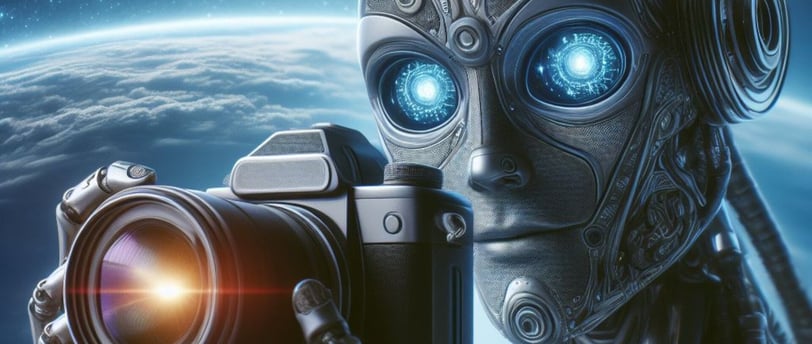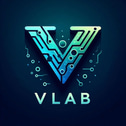Exploring the World of Computer Vision
Transforming Pixels into Understanding


Introduction
In the fast-changing world of technology, the subject that researchers, engineers, and enthusiasts are interested in is Computer Vision. At the junction of computer science and artificial intelligence lies this interdisciplinary field where images are processed, enabling machines to interpret visual information.
Understanding Computer Vision
Computer Vision is the science behind enabling machines to interpret visual information and make decisions as humans. It entails developing algorithms and models that can analyze images videos and extract useful information from them. Ultimately, their goal would be to make machines identify objects or any other things in the world.
Key Components of Computer Vision
Image Acquisition: This process begins from capturing visual data using cameras or any other form of imaging device. It marks the beginning of an analysis since it determines how much information will be available for further processing.
Pre-processing: These are the original pictures that often have noise in them and contain irrelevant information. This step involves adjusting raw images, so they have less noise and more details. Usually this involves applying filters, sorting out the noise features and resizing.
Feature Extraction: It is the process of identifying and extracting relevant features from images such as edges, shapes or textures. These features are to be used in sophisticated analysis.
Image Recognition: Computer vision primarily focuses on recognizing objects within images, patterns or actions within images. Advanced image recognition capabilities have been made possible using deep learning algorithms, particularly convolutional neural networks (CNNs).
Applications of Computer Vision
Healthcare: Computerized vision in the healthcare sector has led to the revolutionization of medical image analysis systems, disease diagnoses and helping in surgeries. This technology supports more precise diagnoses and treatment plans.
Autonomous Vehicles: Employing computer vision in self-driving vehicles is becoming increasingly important in the auto industry. The role of this technology is for cars to gain understanding about their environment, detect obstacles on the road and make appropriate decisions while driving so that they avoid accidents.
Retail: This area uses computer vision for inventory management, tracking customers as well as creating cashier-less checkout systems. It helps to improve the shopping experience and efficiency of operations in general.
Security and Surveillance: In most security systems today, facial recognition and finding objects are done by computer vision. The ability to monitor public places, airports and key installations has been enhanced through this technique.
Challenges and Future Prospects
Despite the significant advances made in computer vision, challenges like data privacy concerns, algorithm biases, and real-world adaptability remain. These challenges are yet to be fully mitigated as researchers try to advance computer vision systems capabilities.
There are exciting possibilities awaiting computer vision, such as augmented reality, improvements amongst others like human-computer interaction. As computer vision gets better, it can be used in various industries.
Conclusion
The future for computer vision looks bright. This technology is helping the world “see” better and understand the surroundings. From self-driving cars to better healthcare, the possibilities are endless. As computer vision grows, we can build a future where humans and machines work in tandem to make our world a better place.
